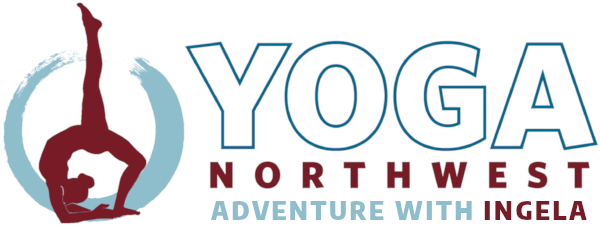When established in non-stealing, Asteya, one feels as if one is in possession of all the wealth in the world.” – Rohit Mehta
Why do humans steal? Some steal for physical reasons, when their bellies are empty. Others steal for psychological reasons, when their hearts are empty. Rohit Mehta explains in Yoga the Art of Integration that the physical reason for stealing is a problem of socioeconomic organization: “With proper organization of society and with sane economic planning this problem in the strict material sense can be eliminated.”
In Yoga we are more concerned with the act of stealing that comes from feeling psychologically empty or incomplete. Mehta continues, “The feeling of incompleteness arises from comparing ourselves with others.” We compare and want what others have in physical ability, beauty, youth, material wealth, fame, power, love, and so called spiritual attainment. We compare, then imitate and want to possess what others have, which is an act of psychological stealing.
Mehta concludes, “When one moves away from satisfaction of needs to the fulfillment of wants, then one has entered the realm of stealing. But what is the difference between needs and wants? And what do we truly need in life to be healthy, happy, and fulfilled? If you ask a person in Calcutta, India and another in Palm Springs, CA, the answer may be very different.
There is no set formula for what each individual person needs. It’s very subjective. People’s needs vary depending on different climates, work, and living situations and changes with time, season and age. For example, those living in a warm climate need less clothing, food, and shelter than those living in a cold climate.
Namaste.
So when the desire arises, we may ask ourselves, ‘I want it but do I truly need it?’ And how can we get clear on what our true needs are right now? We can try to tune in and listen. Yoga teaches us to quiet our minds, to help us listen deeply to what our own body, mind, and soul truly need to be fulfilled.
Finding the difference between wants and needs seems to be a difference in attitude to ‘what can I get’ to ‘what can I give.’ ‘What can I get’ is an attitude of wanting, possessing, and hoarding. ‘What can I give’ is instead an expression of giving care. To give care to our body, self, others, and nature. As the old saying goes: when we give, we receive. So, when we practice Asteya, we feel as if we are in the possession of all the wealth in the world, as Rohit Mehta has said.
And how does Asteya relate to our Yoga practice? As we mentioned in earlier newsletters, the way we relate to our bodies in Yoga practice is often a reflection on how we relate to life in general. In Yoga class we often compare and want what others have. We want their flexibility, strength, body shape, youth, or poise. We want their forward bends, backbends or lotus poses. We might try to imitate and steal the “finished pose” that our fellow student, teacher, or the guy in the book does. And if our body is not ready for the finished pose, we may end up with strain, pain, and injury.
Unfortunately, there is nothing magic in the finished pose. It’s not the finished pose that brings health and enlightenment. Instead, the power of the practice is in the process. The benefits of the Yoga poses come when you listen to your body’s true needs and abilities by finding your balance, healthy edge, and hidden potential. And then with the variety of poses give your body and being what they need in strength, flexibility, vitality, relaxation and inner peace.
We often admire and want someone else’s loose hamstrings, but loose hamstrings without a balanced strength can sometimes be a cause for strain to the lower back and sacroiliac joint. What is one person’s strength might be another’s weakness. And just because somebody can do a fancy backbend doesn’t mean they are enlightened.
Instead of comparing, imitating and stealing others’ poses, we change our attitude from what we can get to what we can give, finding fulfillment in each step of the journey. Yoga teaches us to follow our own path. We are all uniquely different with different abilities; we can be inspired by others, but Yoga teaches us to find our own journey.
And finally, how does Asteya relate to our daily life? Do we compare with our neighbors? Do we try to imitate others’ abilities and accomplishments? Do we have and possess more material stuff, wealth, and property than we really need? Do we hold on to and horde our possessions, or do we share them with others? Are we using more natural resources than we need? Are we stealing from nature? It’s interesting that the USA as a nation uses up more of the earth’s natural resources than any other country. Is this because we as a whole feel more empty and incomplete in our hearts, looking externally to fill our lives with possessions?
It’s all pretty complex, but I think the answers to these questions and to Asteya are in our consciousness and can be found with an expression of Ahimsa (nonviolence, care) and Satya (honesty).
Wishing you a wonderful spring filled with all the wealth of living, while in your dog pose or amidst the simple wonders of nature.
Namaste,
![]()
